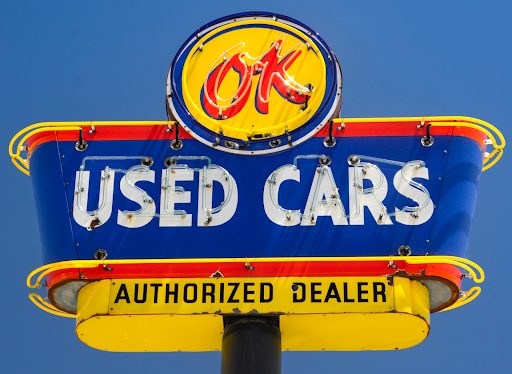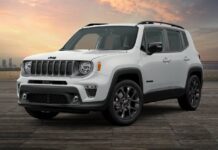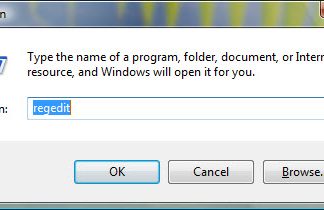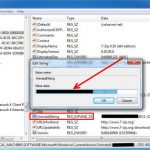Regardless of whether you are buying a new Honda Accord or a 10-year-old Chevy Suburban carbuzz.com from a car dealership in the USA, both must display a window sticker by law. In the case of the new Accord, it is called a Monroney sticker, after Oklahoma senator Monroney who sponsored the 1958 Automobile Information Disclosure Act.
In the case of a used car, a different sticker called the Buyers Guide must be displayed in the window to comply with the Federal Trade Commission’s Used Car Rule. Dealers in Wisconsin and Maine are exempt because they have their own regulations. The information that appears on the Monroney sticker in that new Honda’s window differs from that in the window of the used Chevrolet, but both serve the same purpose.
The full disclosure of vehicles’ information on the stickers means that buyers can see all the vehicle’s information at a glance and can see what they are getting for their money. This means the buying process is more transparent and provides more peace of mind.
The Monroney Sticker – New Cars
These basic rules must be adhered to by law in terms of Monroney sticker used for new cars:
- It must be applied to any new vehicle with a GVWR of less than 8,500 pounds
- A fine of up to $1,000 per vehicle can be imposed for new cars sold without the sticker
- It is illegal to alter the sticker and additional penalties will apply
- The sticker has to be displayed in either the car’s side window or windshield
- All of the blow information must appear on the sticker
The information that must appear on the Monroney sticker is as follows:
The vehicle’s MSRP
This is the price that the manufacturer suggests the dealership should ask for the vehicle, but the dealership can ask more or less than this. Rare car models that are in short supply are often marked up by dealers. By reading the MSRP on the sticker, you can see by how much. Similarly, you can see any discount, should it apply.
The make and model
This section contains not only the make and model, but also the vehicle identification number (VIN), where vehicles and their parts were manufactured, powertrain information, the exterior and interior colors, the year of the vehicle, and the trim level.
Engine and transmission information
This section shows the type and size of the vehicle’s engine, the number of cylinders, whether it has a manual or automatic transmission, and how many gears the transmission has.
Safety information
This section contains the vehicle’s crash-test scores from the NHTSA, including results of the frontal impacts, side impacts, and rollover tests. Not all vehicles are tested by the NHTSA.
Environmental information and fuel economy

Mandatory since 2013, this section contains the vehicle’s EPA-estimated emissions, as well as its city, highway, and combined miles per gallon and annual fuel costs. For hybrids, MPG is not used but MPGe instead, which allows buyers to see what the gas mileage of a hybrid or EV is in comparison to a gas or diesel vehicle.
The vehicle’s standard equipment fitted
The vehicle’s standard equipment, interior and safety features, and mechanical and performance information are listed here. These include information about the driver-assistance features such as blind-spot monitoring, the number of airbags, the audio system fitted, and the percentage of parts in the vehicle that was made in America for people who prefer to buy US-made.
The prices of all the optional equipment
All the optional equipment is listed here, as well as the price for each option, and the total with options and fees added. The destination charge also appears in this section, as well as the tax for vehicles with a combined economy of worse than 22.5 MPG. Options that weren’t fitted at the factory but by the dealer instead are often found on an additional sticker affixed to the window by the dealership.
Warranty details
The length of the warranty in terms of miles and duration is listed here, as well as what it covers. Here the information will differentiate between the bumper-to-bumper and powertrain warranties, for example.
The Buyers Guide – Used Cars

The Buyers Guide sticker is a disclosure document that is affixed to the window of a used car sold by a dealer and is mandatory in all states except Wisconsin and Maine. These states don’t follow the FTC’s federal guidelines but have their own state-specific regulations instead.
According to the FTC, the Buyers Guide has to be displayed conspicuously and prominently on or in the car that is offered for sale. Both sides of the sticker must be visible. It can be stuck to a window, hung from an interior or exterior mirror, or placed under a wiper, for example. It may not be placed out of sight, such as in the car’s cargo area, trunk, or glove compartment.
The following information has to appear on a used car’s Buyers Guide sticker:
- It has to indicate whether the car is sold with a warranty or in “as is” condition
- It has to indicate the length of the vehicle’s warranty
- It has to indicate the terms and conditions of the warranty
- It has to indicate which of the vehicle’s systems are covered by the warranty
- It has to indicate which percentage of required repair costs must be borne by the dealer
- Contains details about the vehicle’s electrical and mechanical systems
- Indicates that the vehicle might have potential issues and highlights them
- Contains advice about how to have an independent mechanic assess the vehicle
Conclusion
Both the Monroney sticker and Buyers Guide make it easier for buyers of cars in the USA to know what they are paying for. These full-disclosure documents have made it easier for consumers to see all of a vehicle’s information at a glance and this article should make it simple for you to make sense of the information on these stickers. For added peace of mind when buying used, it is best to insist on a vehicle history. Avoid vehicles that have a salvage title, as well as vehicles with gaps in their service history.






















